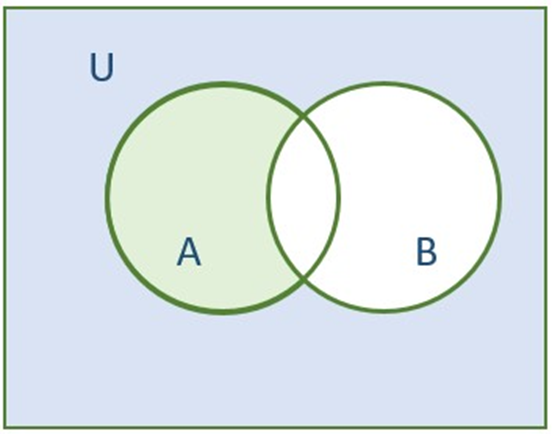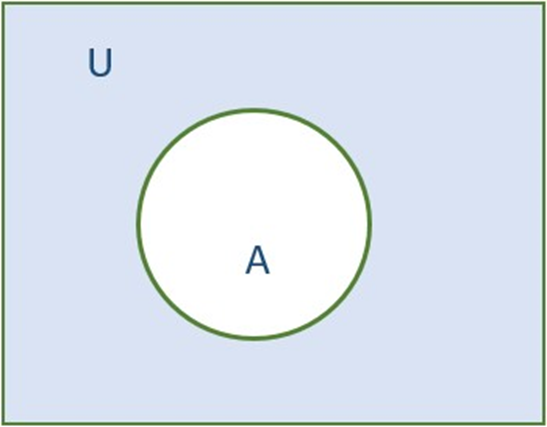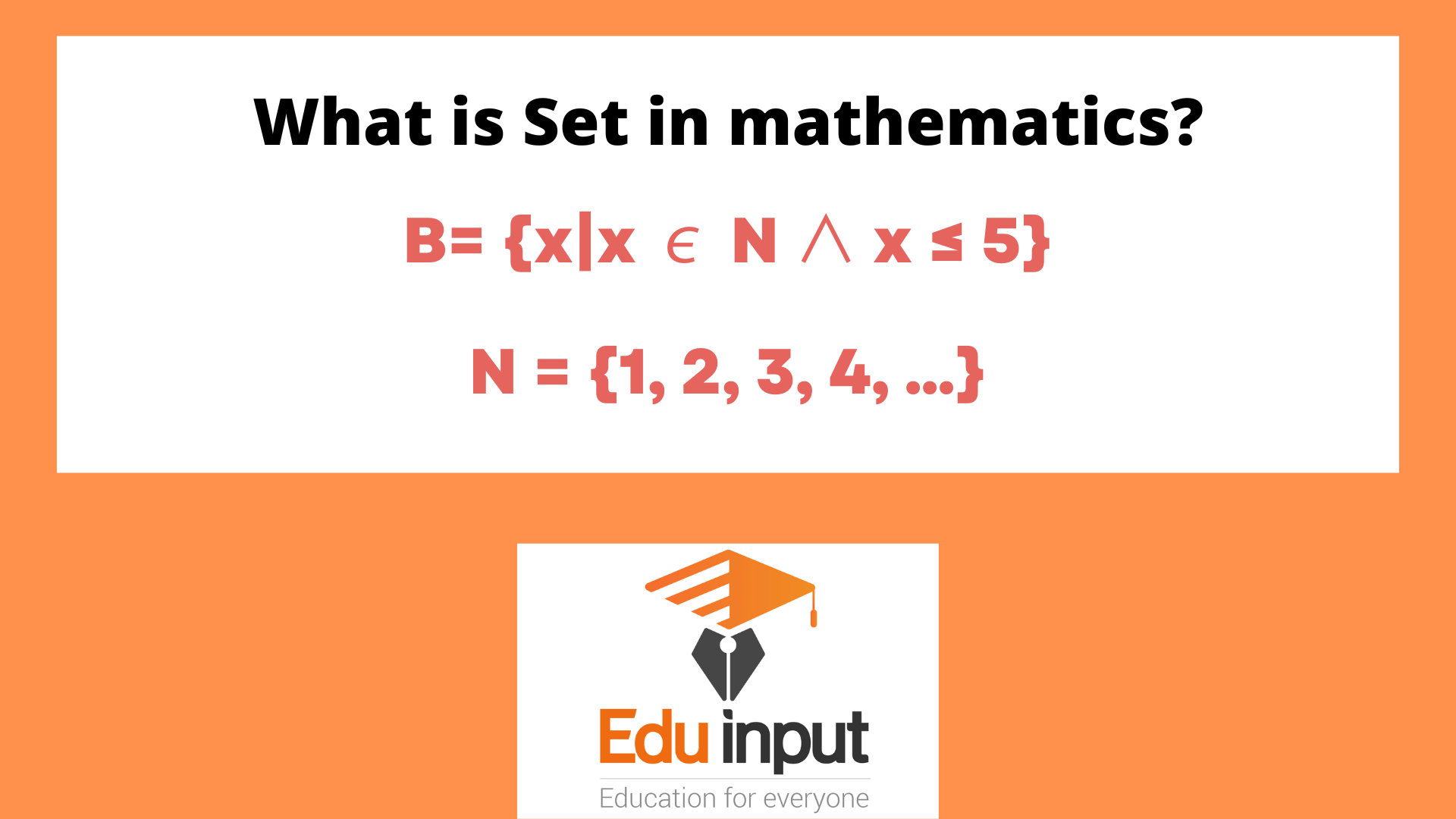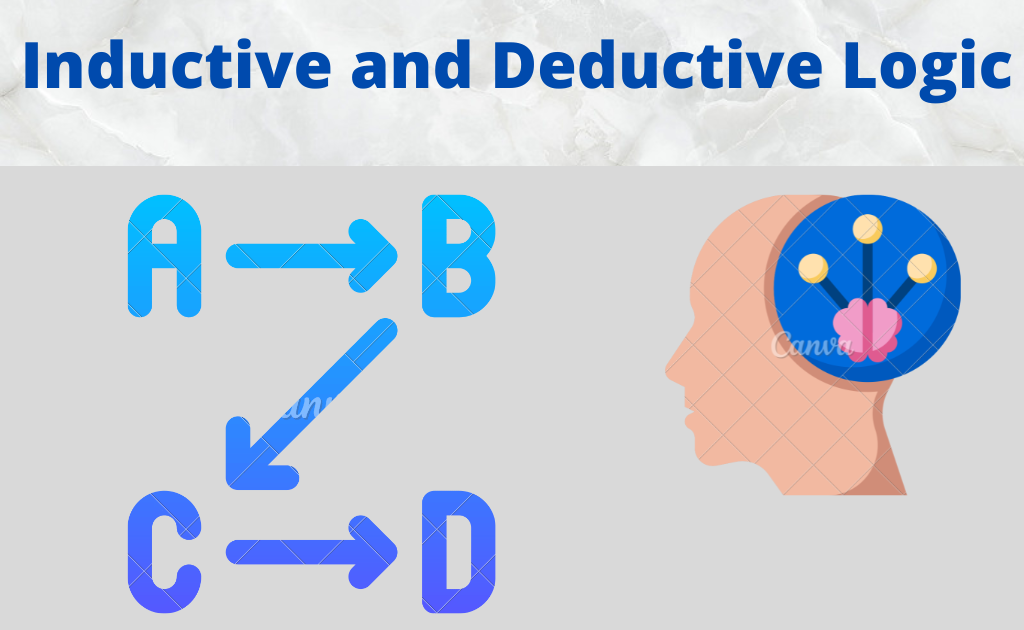Introduction to operation of set-Edu input
There are four types of set operations.
1. Union of sets.
2. Intersection of set s.
3. Difference of sets.
4. Complement of a set.
1. Union of Sets:
If we have two sets A and B, then the union both sets will contain all the elements of set A and B
Example:
A= {a, b, c, d, e}, B= {a, b, c}
AUB= {a, b, c, d, e} U {a, b, c}
AUB= {a, b, c, d, e}
A= {a, b, c, d, e}, B= {a, b, c}
BUA= {a, b, c} U {a, b, c, d, e}
BUA= {a, b, c, d, e}

The green area shows the AUB and BUA.
2. Intersection of Sets
If we have two sets A and B then the intersection of both sets will be the common elements of A and B sets.
Example:
A= {4, 6, 9, 10, 12}, B= {1, 3, 5, 7, 9, 11, 13}
A∩B= {4, 6, 9, 10, 12} ∩ {1, 3, 5, 7, 11, 13}
A∩B= {9} The intersection of B∩A will also be same as A∩B.

The green area shows the A∩B and B∩A
3: Difference of Sets
If we have two sets A and B, and we want to find the A- B, The difference of sets will contain all elements of set A which does not belong to set B.
Example:
A= {1, 2, 3, 4, 5, 6, 7, 8}, B= {1, 2, 3, 4, 5}
A-B = {1, 2, 3, 4, 5, 6, 7, 8} – {1, 2, 3, 4, 5}
A-B = {6, 7, 8}
B-A = {1, 2, 3, 4, 5} – {1, 2, 3, 4, 5, 6, 7, 8} B-A= { }

The green area showing the A-B.
4: Complement of Set
We know, that when U be the universal set and A is a subset of U. Then the complement of A is the set of all elements of U which are not the elements of A.
The complement of set A is denoted by A’
Example:
U= {a, b, c, d, e, f, g, h,}, A= {a, b, c, d}
A’ = U-A
U-A= {a, b, c, d, e, f, g, h}-{a, b, c, d} U-A= {e, f, g, h}

Frequently Asked Question-FAQs
What are Set Operations in Set Theory?
Set operations are the mathematical operations that are applied to two or more sets in order to develop a relationship between them. There are four main kinds of set operations:
What are the Different Set Operations?
There are four main kinds of set operations: intersection, union, difference, and complement.
Which of the Set Operations are Commutative and not Commutative?
Union and Intersection of sets are set operations that are commutative whereas the set difference is not commutative
How do you Solve Set Operations Problems?
To solve set operation problems, we use a Venn diagram to represent the relationship between the sets and apply the set operations formula for union, intersection, difference, or complement of a set.
What are the Set Operations Symbols?
There are different symbols used for different set operations, which are collectively referred to as set notation. For the union of sets, we use ‘∪’, for the intersection of sets, we use ‘∩’, for the difference of sets, we use ‘ – ‘, and for the complement of a set A, we write it as A’ or Ac.
How do you Find the Difference Between the Two Sets?
For any two sets A and B, the difference A – B lists all the elements in set A that are not in set B.
What are the Union and Intersection operations of Sets?
For any two sets A and B, the union is defined as the combination of elements in both set A and B. Intersection of sets gives the common elements in set A and set B.
How do you Find the Complement of a Set?
The complement of a set A is the set of all elements in the universal set U that are not in A.
How Do We Use Set Operations in Real Life?
A set is a collection of distinct elements. Some examples of sets in real life are a list of all the countries in the world, a list of all shapes in geometry, or a list of all whole numbers from 1 to 100. The intersection set operation lets us determine which regions are shared by two sets.

 written by
written by 





Leave a Reply